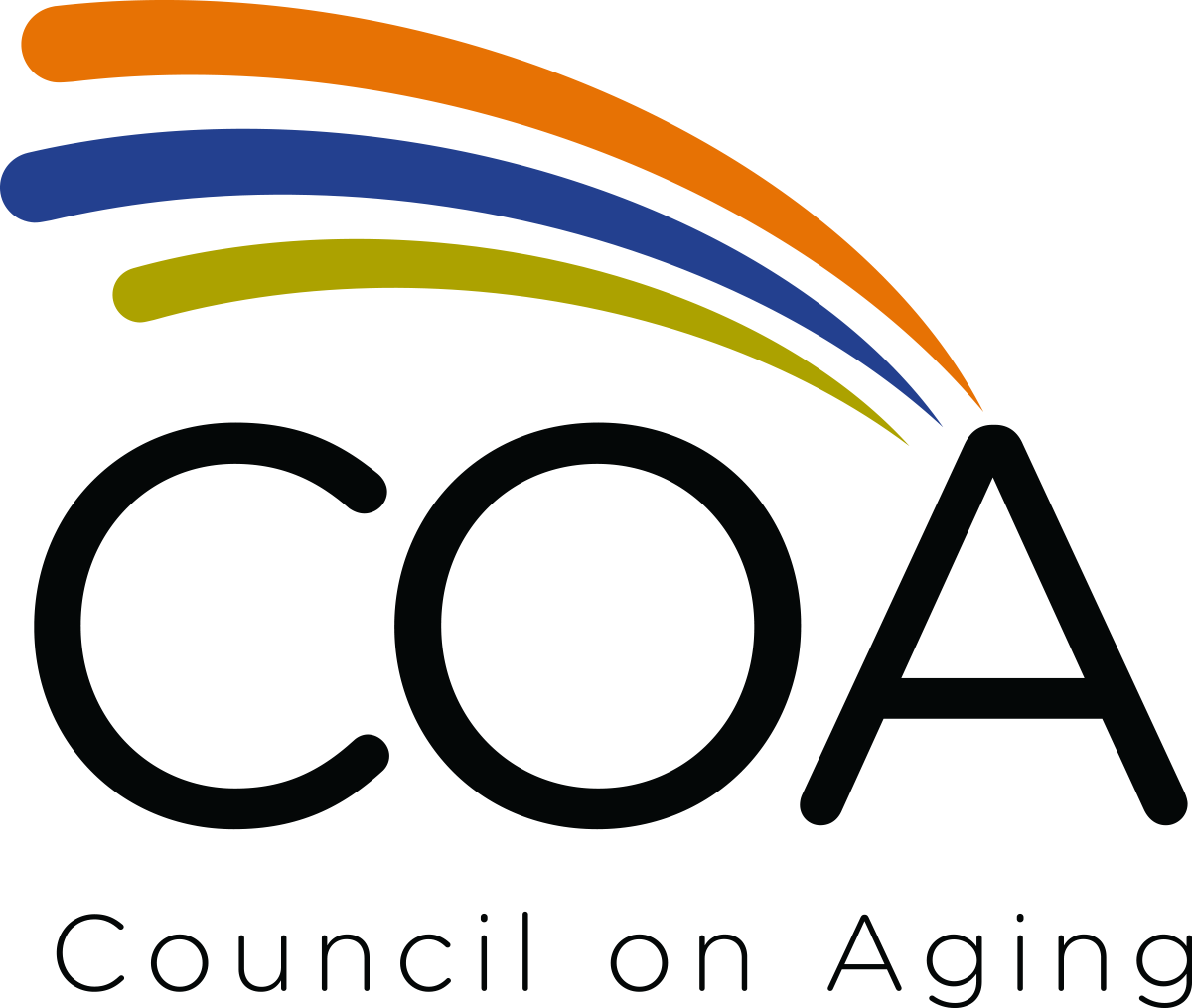.jpg)
According to the World Health Organization (WHO), elder abuse is an important public health problem. So in 2006, it established June 15 as World Elder Abuse Awareness Day. Currently, an estimated 5 million older adults in the United States are abused, neglected or exploited each year and lose an estimated $2.6 billion or more due to financial abuse and exploitation.
Globally – and locally – cases of elder abuse are expected to increase in the coming years, as the global population of people age 60 and older more than doubles by 2050. In southwestern Ohio alone, it ‘s expected that by 2030, at least one out of every four people in the region will be age 60 or older.
Therefore, it’s important for anyone who has contact with older adults to learn about what elder abuse is, its signs, and what to do if they suspect an elder they know is being abused.
Elder abuse defined
According to WHO, elder abuse is a single or repeated act, or lack of appropriate action, occurring within any relationship where there is an expectation of trust, which causes harm or distress to an older person.
Elder abuse risk factors and common perpetrators
According to OhioHOPES, elder abuse is generally the result of a combination of psychological, social and economic factors and the mental and physical conditions of the victim and the perpetrator. Mistreatment can be perpetrated by family members, friends, service providers, peers or strangers. Some of the signs and circumstances that endanger older adults include dementia and cognitive impairment; domestic violence grown older (spouses abusing their partners); personal problems of abusers (mental illness, drug/alcohol addiction, other dysfunctional personality traits); and both living with others and social isolation.
Types and signs of elder abuse
Elder abuse takes many forms, and can occur in many places, including in the older person’s home, an assisted living facility, or a nursing home. Generally, the following are recognized as the common types of elder abuse, and the related signs and symptoms you might see in an older person who’s a victim of abuse.
- Physical abuse – Change in behavior; cuts, bruises or burns; confinement; isolation
- Emotional/psychological abuse – Depression, change in behavior or attitude, isolation, fear/anxiery
- Neglect/self-neglect – Mental confusion, poor hygiene, poor environment, inadequate health care, inability to perform daily tasks of living
- Abandonment – The desertion of an elder at a hospital, nursing facility or similar institution; the desertion of an elder at a shopping center or other public location; the desertion of an elder at home without planning for his or her care
- Sexual abuse – Bruises around breasts and genital area; unexplained venereal disease or genital infections; unexplained vaginal or anal bleeding; torn, stained or bloody underclothing
- Financial or material exploitation – Unusual bank withdrawals, change in power of attorney, personal belongings missing, different signatures on checks
Older adults may feel too ashamed or embarrassed to report abuse they are enduring. They also may be too afraid of retaliation by the abuser to speak up. That’s why it’s vital to be vigilant and know what to do if you suspect abuse. If you do suspect abuse, contact the adult protective services division of the job and family services office in the county where the senior lives. See above for phone numbers in southwestern Ohio. The Ohio Department of Job and Family Services also offers a hotline for reporting abuse: 1-855-OHIO-APS (855-644-6277).
Learn more about elder abuse
The following organizations offer comprehensive information about elder abuse:
OhioHOPES
World Health Organization
National Institute on Aging
National Council on Aging
National Center on Elder Abuse
USC Center on Elder Mistreatment
Visit our online resource directory for additional resources and information about elder abuse.
Sources: Hamilton County Job and Family Services, National Institute on Aging, OhioHOPES, World Health Organization
